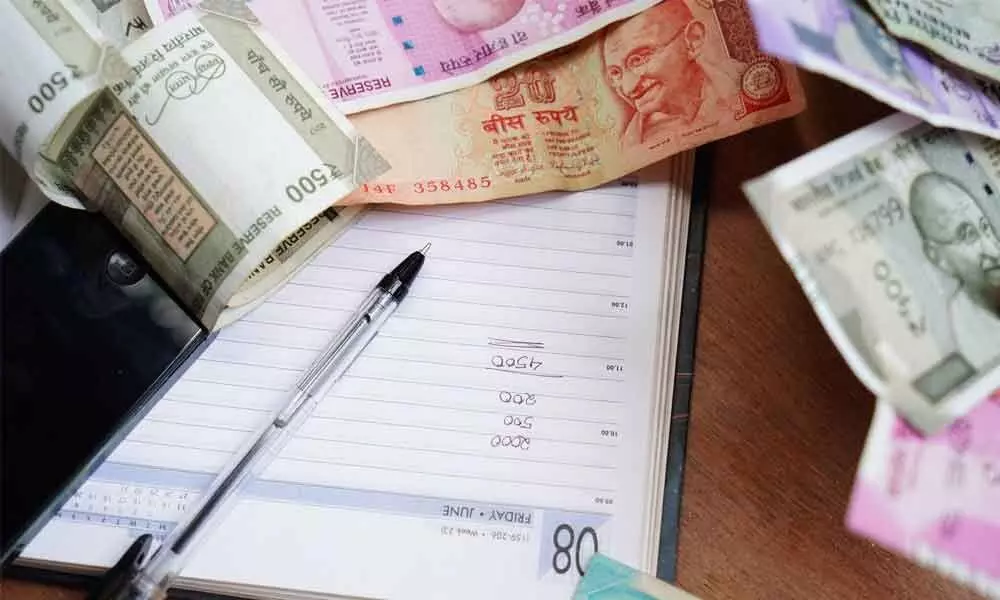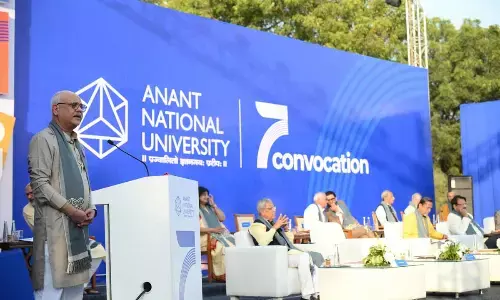Budget: Challenge of creating demand

The Reserve Bank has reduced the interest rates many times in the last two years in the hope that it will prompt businesses to borrow and invest.
The Reserve Bank has reduced the interest rates many times in the last two years in the hope that it will prompt businesses to borrow and invest.
To no avail. The NDA government has continually reduced the fiscal deficit of the government from 4.1 percent in 2015 to 3.4 percent today in the hope that it will encourage domestic and foreign businesses to invest.
To no avail. The International Monetary Fund and Federation of Indian Chambers of Commerce and Industry have applauded the government on this front and advised holding on to the policy.
The government has cut the Corporate Income Tax payable by large companies in the hope that they will make investments. To no avail. The failure of above three measures is due to the absence of demand in the market.
Businesses invest only if there is demand in the market. Low interest rates, low fiscal deficit and low taxes have all thus been to no avail.
Now demand is being made that a one-time window to resolve tax disputes and to convert black money into white may be opened in the budget. Such a measure could possibly generate some revenue. But, even if successful, it will only generate revenue for the government.
It will not create private demand — which is required to set in motion the fortuitous cycle of investment and consumption.
The coming year will be even more difficult for three reasons. The global economy can get affected by flaring up of the trade war between the United States and China.
The tensions between the United States and Iran could take the form of a war. Both these eventualities will lead to an increase in the price of oil as has taken place in the last week. Our exports will also get affected.
The second cause of concern is that of natural disasters as seen in the floods across the country last year and fires in Australia. Third, we face the social challenge of keeping the youth involved productively.
The recent conflagration on the Citizenship Amendment Act was, in part, fuelled by the unemployment of the youth. They have nothing else to do, hence, why not CAA?
The fundamental challenge of the budget is to create demand in the economy and jobs for our youth. The government's policy option have, however, exhausted. Lower interest rates, lower fiscal deficit and lower tax rates are all to no avail.
A section of economists including myself have been urging the government to jettison the mantra of controlling fiscal deficit and borrow and invest — especially in infrastructure. However, it is not necessary that every infrastructural spending will help.
Every spending will certainly create demand for cement and steel and labour in the market. But the indirect effects can be either negative or positive depending upon the type of infrastructure invested in. Allow me to explain this with four examples. First example. Let us say the government increased expenditures on a highway and erected fencing on the sides.
The government demand for cement, steel and labour will increase. Some indirect benefit will also accrue in lower cost of transport. However, such investment will make it more difficult for the common man to enter the highway and to reach his produce to the city.
His business will suffer. The indirect impact on private demand will be negative. In the alternative investment in rural roads will also generate private demand.
Second example. Let us say the government invested in a waterway to reach large barges from Haldia to Varanasi. We will incur less cost in the transportation of imported coal.
However, such will lead to more difficulty for the small boatmen to ply their boats and also take away the livelihoods of the fishermen. In the alternative, investment made in jetties for small boats will make it easier for the small boatmen and fishermen to make a living.
Third example. Let us say the government made investment in a large hydropower project. Such will lead to loss of sand and fishing and grazing in the forest, and more problems of landslide and health. Private demand will decline.
In the alternative, investment made in rooftop solar panels would generate electricity but also put more money in the hands of the common man. Fourth example. Let us say the government cut the forests to make a highway.
It will reduce the cost of transport but also deprive the forest dwellers of leaves, minor timber produce, and hunting. In the alternative, investment in agroforestry scheme will also create demand from the common man.
The issue, therefore, is not that investments in infrastructure should be made. The issue is on which infrastructure should the investment be made?
If the government borrows and allows an increase in fiscal deficit and uses that money to make infrastructure that helps the common man compete with the big companies, then it will increase private demand and the economy could revive. The nature of fiscal deficit is more important than a mere increase in the fiscal deficit.
The second source of funds for increased investment in common man's infrastructure could be a containment of government consumption. The increase in private consumption in the second quarter of the current year has declined to 7.8 percent from 14.4 percent in the same quarter last year. The government consumption, however, continues to increase at about 16 percent.
This means that private consumption is declining while government consumption continues merrily. The government can freeze the pensions, salaries, DA and benefits of government employees so that the money saved can be used for increased investment in infrastructure.
The third source of funds that the government must tap is to privatise, not merely disinvest, the Public Sector Banks and all Public Sector Enterprises except those in critical areas — whether profit or loss making. This will generate funds for investment and also increase efficiency in these enterprises and help in growth.
I reckon that rupees three lakh crores can be generated from the privatisation of the banks alone. The government will also save the money it is having to plough into these banks and undertakings like Air India every year to keep them afloat.
Another area where the government must increase investments is in online education and the internet so that the youth can self-employ themselves in productive works like undertaking translations, providing online tuitions and making music.
Otherwise they will come to the streets like it happened with the CAA and the asset that is our youth will become a liability.
(The writer is formerly Professor of Economics at IIM, Bengaluru)











